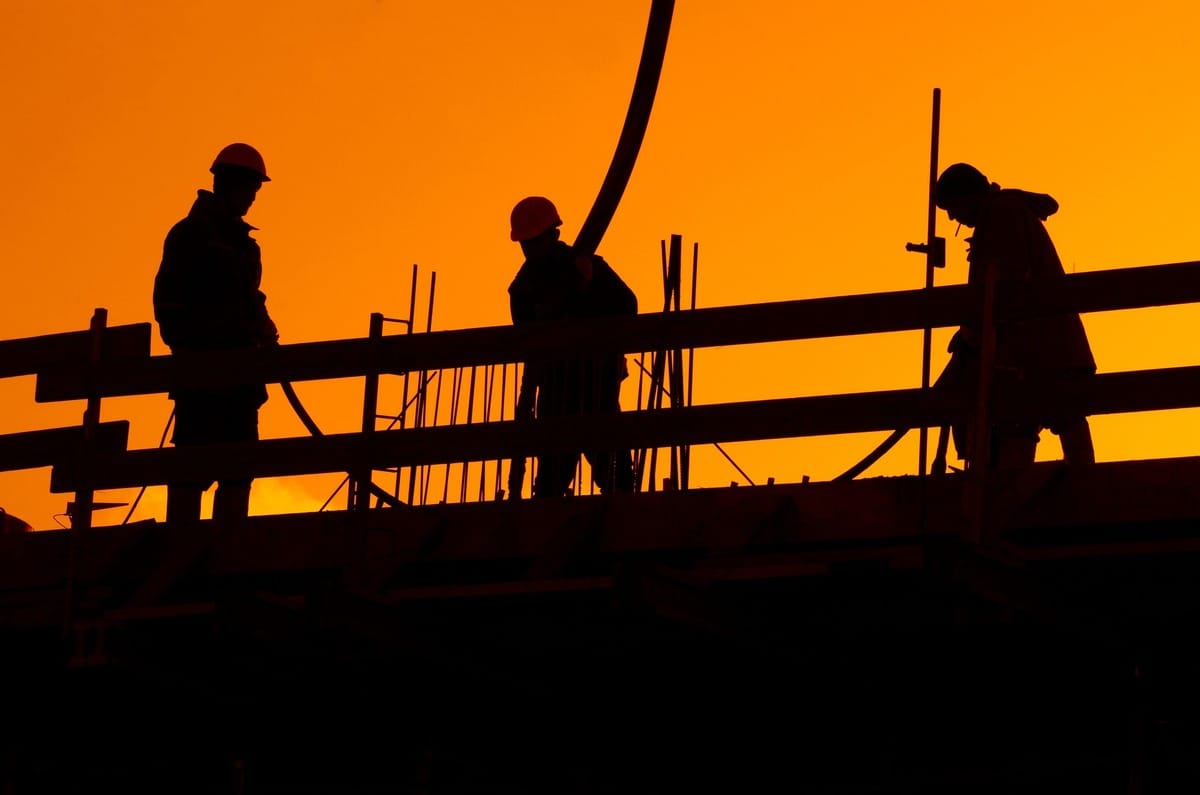- Full Brim Safety
- Posts
- Soil Smart - Understanding Soil Types and Protective Systems
Soil Smart - Understanding Soil Types and Protective Systems
Full Brim Safety: Build Smart, Build Safe

Soil Smart - Understanding Soil Types and Protective Systems
Welcome back, let's Build Smart & Build Safe! Yesterday, we introduced the critical hazards of excavations, especially the deadly risk of cave-ins. Today, we're diving into a core principle of trenching safety: understanding soil types and implementing the correct protective systems. The stability of your trench literally depends on the dirt you're digging.
Not all soil is created equal. What works for a shallow trench in firm clay won't cut it for a deep excavation in sandy, unstable soil. The Competent Person is responsible for classifying the soil and selecting the appropriate protective measures.
1. The Importance of Soil Classification: What's Your Dirt Telling You?
Before any work begins in a trench or excavation, the Competent Person must assess and classify the soil. This determines how stable the excavation walls will be and what protective system is required.
Stable Rock: Self-explanatory, very stable.
Type A Soil: Cohesive soil (like clay, silty clay, sandy clay) with high unconfined compressive strength. Most stable type of soil for excavation after stable rock. However, it can be unstable if fractured or subjected to vibration/water.
Type B Soil: Cohesive soil with moderate strength (e.g., sandy loam, silt, some silty clay), or previously disturbed soils, or even Type A soil that is fissured, subject to vibration, or has other signs of weakness.
Type C Soil: Least stable. Granular soils (like sand, gravel, sandy loam), submerged soil, soil from which water is freely seeping, or previously disturbed soil that doesn't meet Type B criteria. Most susceptible to cave-ins.
2. The "S's" of Protective Systems: Your Shield Against Collapse
Once the soil is classified, the Competent Person selects the appropriate protective system for any trench 5 feet or deeper. For trenches less than 5 feet deep, a protective system may still be required if there's evidence of potential collapse.
Sloping: Angling the sides of the excavation away from the excavation itself. The maximum slope depends on soil type (e.g., Type C requires a flatter slope of 1.5:1, meaning 1.5 feet horizontal for every 1 foot vertical).
Benching: A method of creating a series of horizontal levels or steps on the sides of the excavation. It's similar to sloping but with flat steps. Cannot be used in Type C soil.
Shoring: Installing supports, such as timber, mechanical, or hydraulic systems, to prevent soil movement and trench wall collapse. This system is designed to hold the trench walls in place.
Shielding (Trench Boxes/Shields): Using pre-manufactured structures (like trench boxes) that are placed in the excavation. They don't prevent the trench walls from collapsing, but they protect workers inside the box from being crushed if a cave-in occurs outside the shield.
Choosing the Right System:
The selection of the appropriate protective system is a crucial decision made by the Competent Person based on soil analysis, depth of the excavation, water conditions, nearby structures, and other site-specific factors. Always assume a protective system is needed if the trench is 5 feet deep or more, and ensure it's implemented and maintained correctly.
Understanding the ground you're working in is fundamental. Tomorrow, we'll talk about the safe work practices that protect you once you're inside or around the trench.
Don't forget to sign your friends up for Full Brim Safety for your daily dose of construction safety tips!
-The Safety Man
